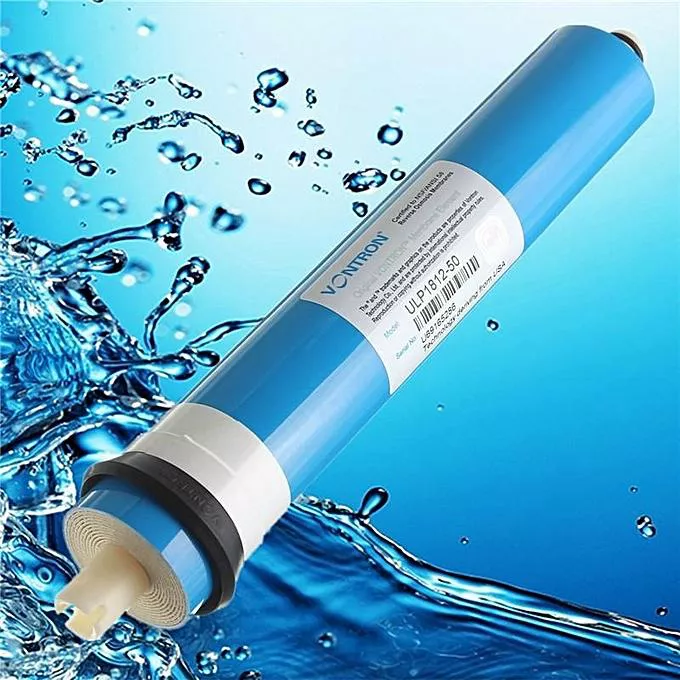A reverse osmosis system removes dissolved solids like arsenic and fluoride through the RO membrane. An RO system also includes sediment and carbon filtration for a broad spectrum of reduction. The carbon filters in an RO system remove chlorine and bad taste and odors, and the sediment filter removes dirt and debris

Reverse Osmosis water filtration is one of the most popular forms of water treatment. So what does it take to MAINTAIN a reverse osmosis system? According to Tassmatt Agency Ltd, the leading sellers of Water Purification Systems, Water ATM Dispensing Machines, Water Filtration Tables, Milk Pasteurizers, Milk ATMs In Kenya, salad ATM dispensing machine and other related products
How often do RO filters need to be changed?
For optimum efficiency, routine maintenance should be performed on reverse osmosis systems.
so a rule of thumb, RO systems have three, four or five-filter stages. Without detailing each stage of the RO process (since the number of stages varies based on the model), we outline here some basic maintenance information that applies to most RO units.
First: In order to protect the delicate RO membranes, water first flows through a pre-filter. This pre-filter cartridge is designed to filter out dirt, silt, sand and other sediments. This pre-filter should be changed every 6-9 months. If not properly maintained or changed on schedule, the pre-filter can foul or become clogged, thereby making it unable to protect the RO membranes.
Second: The next phase is generally a carbon filter which is designed to remove chlorine and other taste or odor contaminants. This is important because chlorine can ruin the RO membrane. This carbon filter should be replaced every 6-9 months, also.
Third: This is the actual reverse osmosis phase. Reverse osmosis (RO) is a separation process that uses pressure to force water through a membrane. The membrane retains the contaminant on one side and allows the pure solvent (water) to pass through to the other side.
This process is the reverse of the normal ‘osmosis process’, which is the natural movement of solvent from an area of low solute concentration, through a membrane, to an area of high solute concentration when no external pressure is applied.
Water passes through the RO membrane at generally 35 pounds per square inch (psi). At this rate, roughly two drops per second. The contaminants rejected by the membrane are piped down the drain. RO membranes should be replaced every 2-3 years.
NOTE that filter and membrane lifespan will vary based upon local water conditions, household usage and even agricultural usage in Kenya.
Fourth: Finally, a carbon filter stage is usually added to “polish” off the water at the end of the cycle. This stage removes any remaining taste or odors to create outstanding drinking water. The carbon filter should be changed every 6-9 months.
